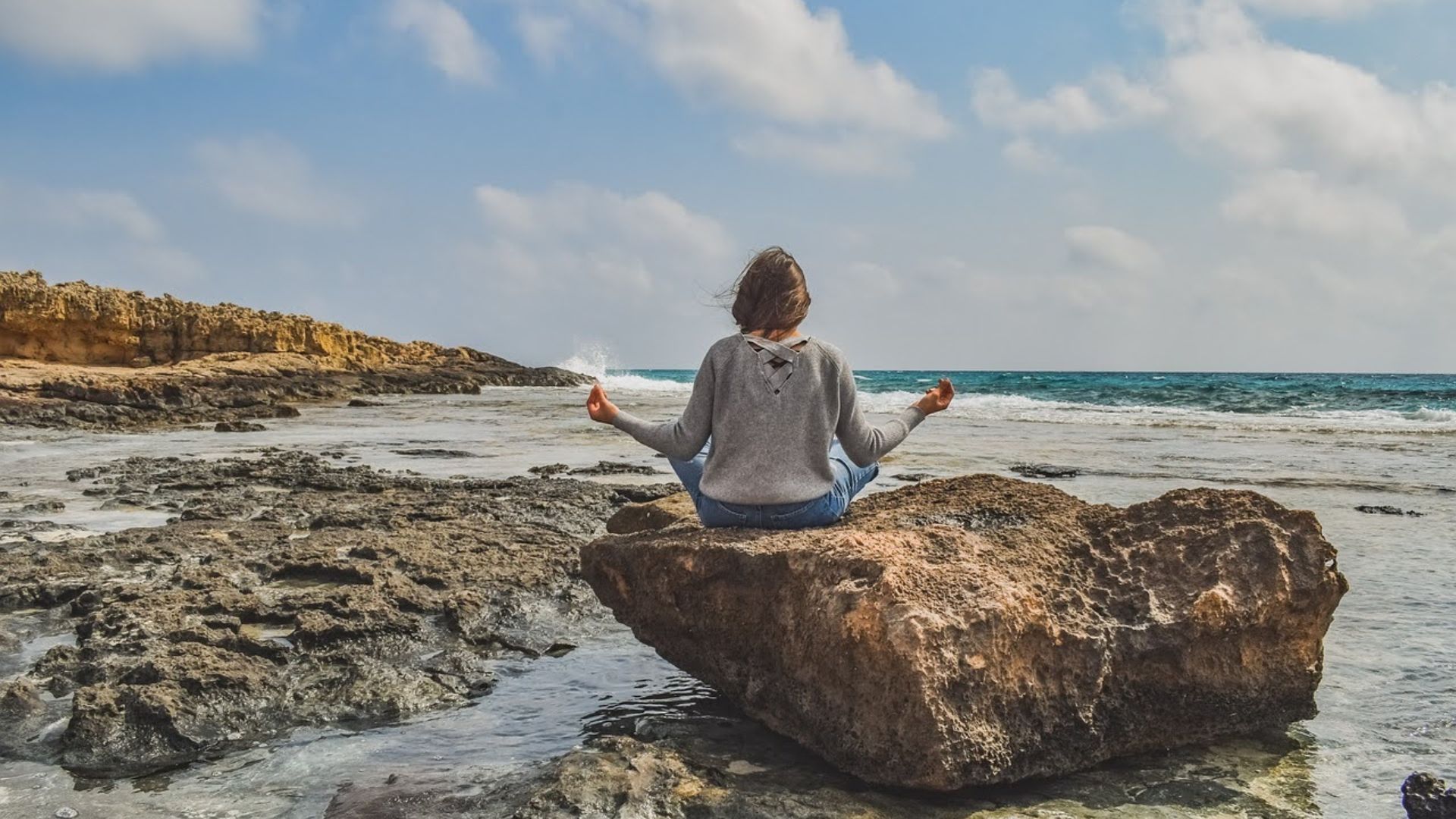Integrating Mindfulness into Bathing Routine: Practices to Reduce Stress

Enhancing Your Bathing Experience Through Mindfulness
While bathing may seem like a routine task, it holds the potential to be a profound practice of self-care and relaxation. By bringing mindfulness into your bathing ritual, you can shift the experience from a mere obligation to a sacred moment of peace and rejuvenation. Imagine immersing yourself in warm water, surrounded by a serene atmosphere, as you consciously set aside the noise and busyness of your day. This is not just an opportunity to clean your body; it’s a chance to nurture your mind and spirit.
Understanding the Significance of Mindfulness
At the heart of mindfulness lies an intentional presence in the moment, allowing you to develop a deeper understanding of your emotions and mental state. Research indicates that people who practice mindfulness experience:
- Improved emotional regulation: By staying attuned to your feelings, you become better equipped to handle stress and anxiety.
- Increased relaxation: Mindfulness promotes a calm state of mind, providing a counterbalance to the stresses of daily life.
- Enhanced self-awareness: This practice encourages introspection, helping you recognize patterns that may affect your well-being.
By embracing mindfulness during your bath, you not only provide comfort to your body but also create a tranquil environment for mental clarity and emotional stability.
Practical Steps to Cultivate Mindfulness While Bathing
Integrating mindfulness into your bathing routine can be simple and enjoyable. Here are some inviting practices to consider that enrich the experience:
- Create a serene ambiance: Dim the lights and light fragrant candles, which can evoke a sense of calm. Soft music or nature sounds in the background can enhance tranquility.
- Engage your senses: Let your senses guide you. Experience the warmth of the water enveloping your body, notice the fragrance of essential oils or bath bombs as they dissolve, and observe how the steam rises around you.
- Practice deep breathing: Begin with a few deep breaths, inhaling through your nose and exhaling through your mouth. This will help ground you in the present moment and foster a sense of peace.
As you delve into this mindful bathing practice, you may discover innovative ways to address daily challenges with a newfound perspective. Allow yourself to enjoy the journey as your bathing routine transforms into a cherished and revitalizing ritual, encouraging a deeper connection with yourself and the world around you.
DISCOVER MORE: Click here to learn how water temperature affects your relaxation
Mindfulness Techniques to Enhance Relaxation During Bathing
When you decide to integrate mindfulness into your bathing routine, you’re not just enhancing your personal hygiene; you’re opening a door to enriched relaxation and introspection. To facilitate a deeper connection between your body and mind, consider incorporating specific techniques that focus on awareness, presence, and sensory engagement. These practices not only contribute to stress reduction but also help cultivate a richer understanding of yourself in the process.
Setting the Stage for Mindful Bathing
Before you step into the bath, it’s essential to establish an environment that fosters relaxation and mindfulness. You can create a peaceful oasis by following these steps:
- Temperature check: Ensure the water is at a comfortable temperature that feels soothing and relaxing. A too-hot or too-cold bath can distract you from the experience.
- Aromatherapy addition: Incorporate essential oils, such as lavender or chamomile, known for their calming properties. A few drops in the water can enhance your sensory experience, adding to the overall atmosphere of tranquility.
- Declutter the space: Remove any distractions around the tub. A clean space can help your mind feel refreshed, allowing you to focus solely on the present moment.
These preparatory steps may seem simple, but they lay the groundwork for a more meaningful and mindful bathing experience. By consciously manipulating your surroundings, you invite a sense of calm that permeates your routine.
Being Present in the Moment
As you settle into the warm embrace of the water, shift your focus inward. This is where the true essence of mindfulness shines. Here are some practices to help you remain present during your bath:
- Body scan technique: With closed eyes, start to mentally scan your body from head to toe. Notice any areas of tension or discomfort, and consciously relax them as you breathe deeply.
- Sensory observation: Pay attention to the sensations surrounding you. Feel the water buoying your body, listen to the gentle sounds of splashing, and let the aroma of your chosen scent envelop you.
- Thought acknowledgment: If thoughts arise, don’t push them away—acknowledge them. Recognize that they’re simply passing clouds in your mind’s sky, then gently guide your focus back to the physical sensations of the bath.
These techniques foster a state of awareness that goes beyond just the act of bathing. In cultivating this focused presence, you may uncover layers of stress you didn’t realize were affecting you. The simple act of being mindful can become a powerful antidote to the pressures of daily life, allowing you to emerge from your bath feeling revitalized and clear-headed.
Integrating Mindfulness into Bathing Routine: Practices to Reduce Stress
As we delve deeper into the connections between mindfulness and our daily rituals, bathing emerges as a powerful practice for stress reduction. This act, often seen as mere hygiene, can transform into a profound moment of presence and self-acceptance. Here, we explore effective strategies for incorporating mindfulness into your bathing routine, paving the way for a rejuvenating experience.
| Mindfulness Aspect | Benefits |
|---|---|
| Present Awareness | Cultivates a sense of calm by focusing entirely on the sensations during bathing. |
| Breathing Techniques | Encourages deep relaxation, aiding in stress relief and improving mental clarity. |
| Aromatherapy Integration | Enhances the bathing experience, promoting emotional well-being and reducing anxiety. |
| Gratitude Reflection | Fosters positivity and emotional balance by reflecting on moments of gratitude during the bath. |
Incorporating the principle of mindfulness transforms your bathing routine into a sanctuary of peace, where every element—water temperature, scent, and sounds—invites you to embrace the moment fully. Experiment with these practices and observe how they impact your overall quality of life. Whether you find solace in warm water or in the comfort of essential oils, integrating mindfulness into your bathing ritual is a journey worth exploring.
For a more immersive experience, consider combining these mindfulness practices with the use of soft lighting and calming music. This holistic approach not only elevates your bathing experience but also enhances your well-being, tapping into the restorative powers that mindfulness brings.
DISCOVER MORE: Click here to learn about the benefits of conscious breathing
Incorporating Mindful Practices into Your Bathing Experience
Beyond merely being a time for cleansing, your bathing routine can transform into an opportunity for profound relaxation and mindfulness. By actively engaging various practices during your bath, you can deepen your sense of calm and enhance the overall experience. Here are some mindful techniques to consider during your bathing ritual:
Breath Awareness
One of the most fundamental aspects of mindfulness is focusing on your breath. As you soak in the bath, consciously observe the rhythm of your breathing:
- Deep breathing exercises: Inhale slowly through your nose, allowing your abdomen to expand, and then exhale gently through your mouth. Aim for a count of four on each inhale and exhale, which will help slow your heart rate and induce relaxation.
- Counting breaths: As you breathe, you can count each inhale and exhale cycle up to ten. This practice helps to maintain your focus and can minimize wandering thoughts, bringing your attention back to the present moment.
By making breath awareness a central component of your bathing routine, you cultivate a tranquil atmosphere that encourages mental clarity and emotional balance.
Mindful Movement
Incorporating gentle movement into your bath can further enhance your mindfulness practice. Consider the following activities:
- Water therapy: Allow yourself to feel the weightlessness of the water. Submerge your limbs and gently move them through the water, feeling the texture against your skin. Each movement should be deliberate and slow, encouraging you to stay present with every stroke.
- Stretching: If space permits, add some light stretching while sitting in the bath. Focus on your joints and muscles, performing gentle stretches to release tension and enhance your bodily awareness.
Integrating mindful movement can enhance your physical relaxation, allowing you to develop a heightened sense of body awareness as you unwind in the warm water.
Gratitude Reflection
Taking a moment to reflect on gratitude can lift your spirits and change your mindset. While bathing, you might:
- Set intentions: Before you begin, consider what you are grateful for. This moment of reflection can initiate positive thoughts and prepare your mind for a serene experience.
- Visualizing positivity: As you indulge in your bath, visualize the things you are thankful for and imagine them surrounding you, enhancing your overall mood.
Gratitude practice not only enhances your bathing experience but also contributes to an overall sense of well-being and contentment.
Engagement with Surroundings
Finally, integrating mindfulness involves fully engaging with your surroundings. Here are some ways to do so:
- Mindful listening: Close your eyes and focus on the sounds in your environment—the gentle bubbling of the water, the faint sounds from outside, or even a calming playlist you might have curated.
- Visual focus: Occasionally open your eyes to appreciate the colors and textures in your bathing space, whether it is the play of light on the water or the patterns in the tiles around you.
By actively engaging with your surroundings, you allow yourself to be fully immersed in the experience, thereby reducing stress and leading to a more rejuvenated state of mind.
DISCOVER MORE: Click here to learn about mindful breathing techniques
Conclusion
Incorporating mindfulness into your bathing routine can be a transformative practice that not only enhances relaxation but also provides a sanctuary for stress relief amidst today’s chaotic world. As we have explored, simple techniques such as breath awareness, mindful movement, gratitude reflection, and engagement with surroundings can significantly elevate your bathing experience into a meditative ritual.
By becoming more conscious of your breathing, you can enter a peaceful state that encourages emotional clarity. Similarly, integrating gentle movements within the water not only nurtures your body but also strengthens the mind-body connection, allowing for deeper relaxation. The practice of reflecting on gratitude helps in cultivating a positive mindset, which can be particularly beneficial in navigating the stresses of daily life.
Moreover, being fully present in your bathing environment by engaging with the sights and sounds around you can evoke a profound sense of awareness that enhances tranquility. With mindfulness, your bathing routine becomes more than just a necessity; it evolves into a holistic experience that promotes not just physical hygiene but overall mental and emotional well-being.
So, as you draw your next warm bath, remember that the simple act of bathing can serve as a gateway to relaxation and mindfulness. Embrace these practices, and discover for yourself how transforming your routine can lead to lasting stress reduction and a more centered life.


